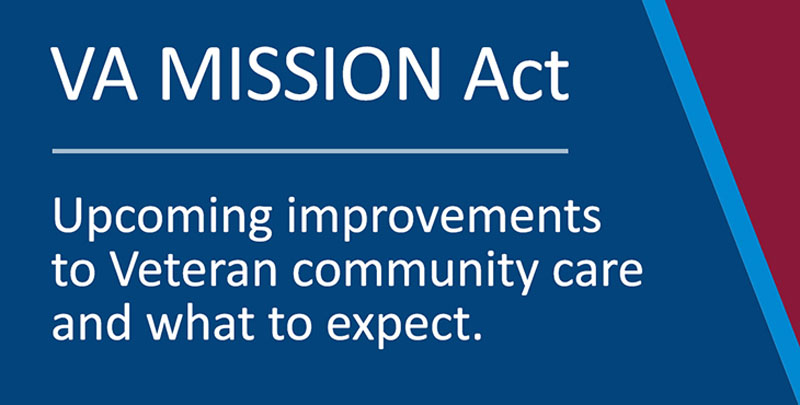
By Robert Wilkie
According to early headlines in the media, the Department of Veterans Affairs’ implementation of the MISSION Act was going to be something of a mess.
One story said to “expect glitches.” Another said it was “confusing.” Some lawmakers who supported the bipartisan bill suddenly warned about the possibility of “overreach” by the Trump Administration, while others warned of a “tech nightmare.”
But thanks to thousands of dedicated VA workers around the country and President Donald J. Trump’s support for this historic reform, elements of the MISSION Act took effect on June 6, and veterans immediately began benefitting from the largest transformation in veterans’ health care since the end of World War II.
This achievement was met mostly by silence in the media — which is as close as the press ever gets to saying, “good job.” But because this revolution is likely to affect the health care decisions of millions of veterans for years to come, it’s worth explaining how the MISSION Act has changed the lives of America’s heroes for the better.
At its core, the MISSION Act reflects the president’s vision that veterans need to be at the center of their health care decisions. If it’s too long a drive to the VA, if wait times are too long, if we can’t offer the services a veteran needs, or if it’s simply in the best medical interest of a veteran to use non-VA services, they can now seek care in their community.
That change was a long time coming for our rural veterans, many of whom live nowhere close to a VA hospital or clinic. And it’s much more than just an “extension” of the Choice program enacted under President Obama. That program was temporary, narrow and incomplete, while the MISSION Act is permanent and will put a much broader group of veterans in the driver’s seat when it comes to their health.
The response from those who wore the uniform to defend this great Nation was immediate and sustained. A tool we developed to decide whether veterans are eligible for community care is being used tens of thousands of times each day.
The MISSION Act also created an urgent care benefit that finally gives veterans what others have in their neighborhood — access to nearby care to treat ailments that need immediate attention, like the flu or a sprained ankle. One veteran in Texas said this change is a “godsend” because under the old system, getting a sore throat treated meant a 45-minute ride each way to the VA.
And he’s not alone. Thousands of urgent care visits have been scheduled for veterans under the MISSION Act. By mid-July, we were starting to exceed 500 visits each day, and that number has been growing each week as veterans learn more about this important new benefit.
In the end, the MISSION Act simply gives the VA what all other major healthcare systems have — a way of referring patients to outside care when needed. Community care is one piece of that, as is the new urgent care benefit. We have nearly 5,000 urgent care providers in our network so far, and that number is expanding as we continue to provide veterans with more options to get care when and where they need it.
Washington, D.C., has a history of bungling the implementation of major new programs and forgetting that it has the power to positively affect the lives of millions of Americans. The MISSION Act is a welcome shock to that system that shows the Trump Administration is willing and able to buckle down and deliver real reform.
Our veterans, who answered the call and fought for our freedom and our interests around the world, deserve nothing less.
Robert Wilkie (@SecWilkie) is secretary of the Department of Veterans Affairs. The opinions expressed in this op-ed are those of the author and do not necessarily reflect the views of Military.com.





